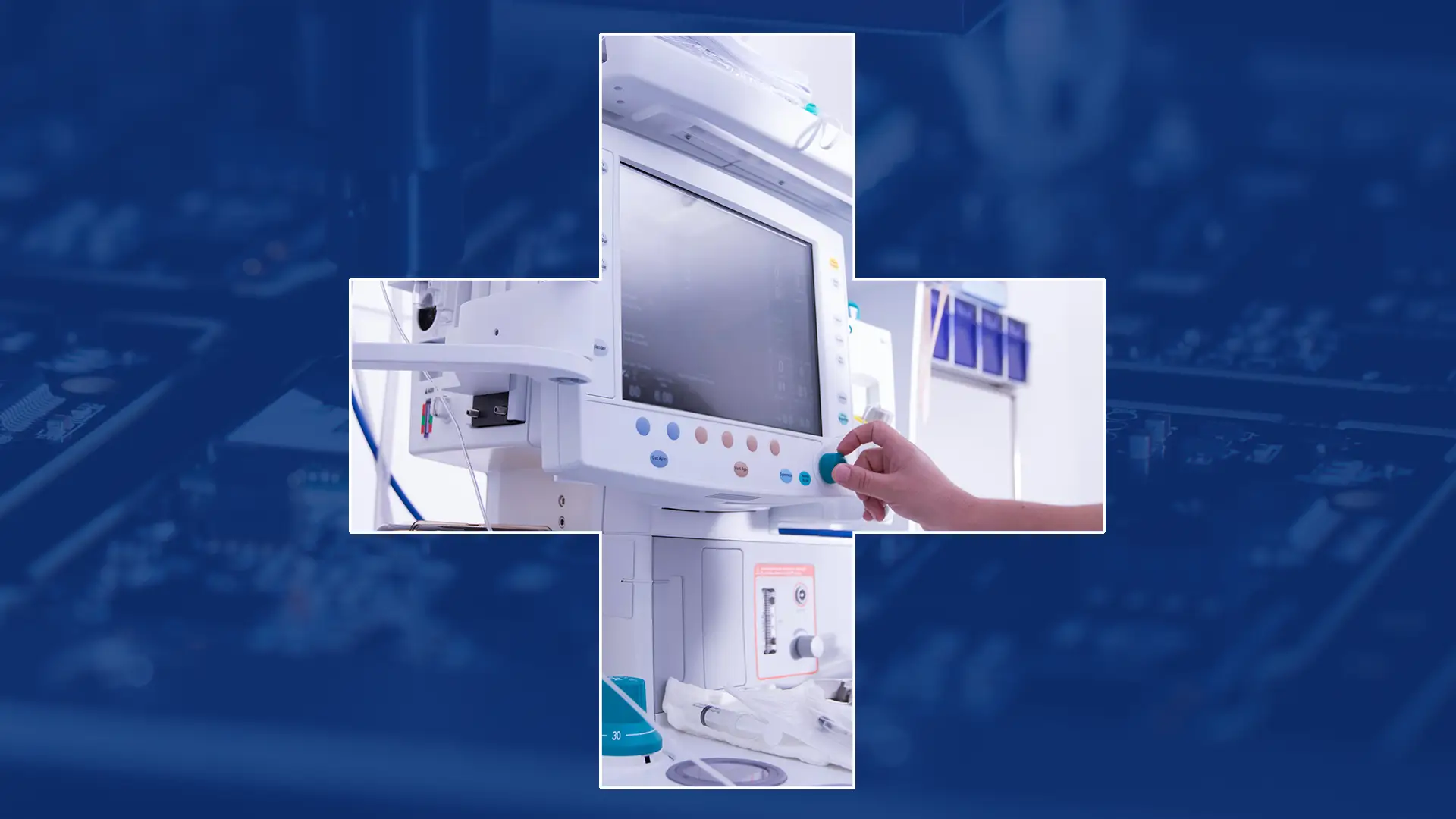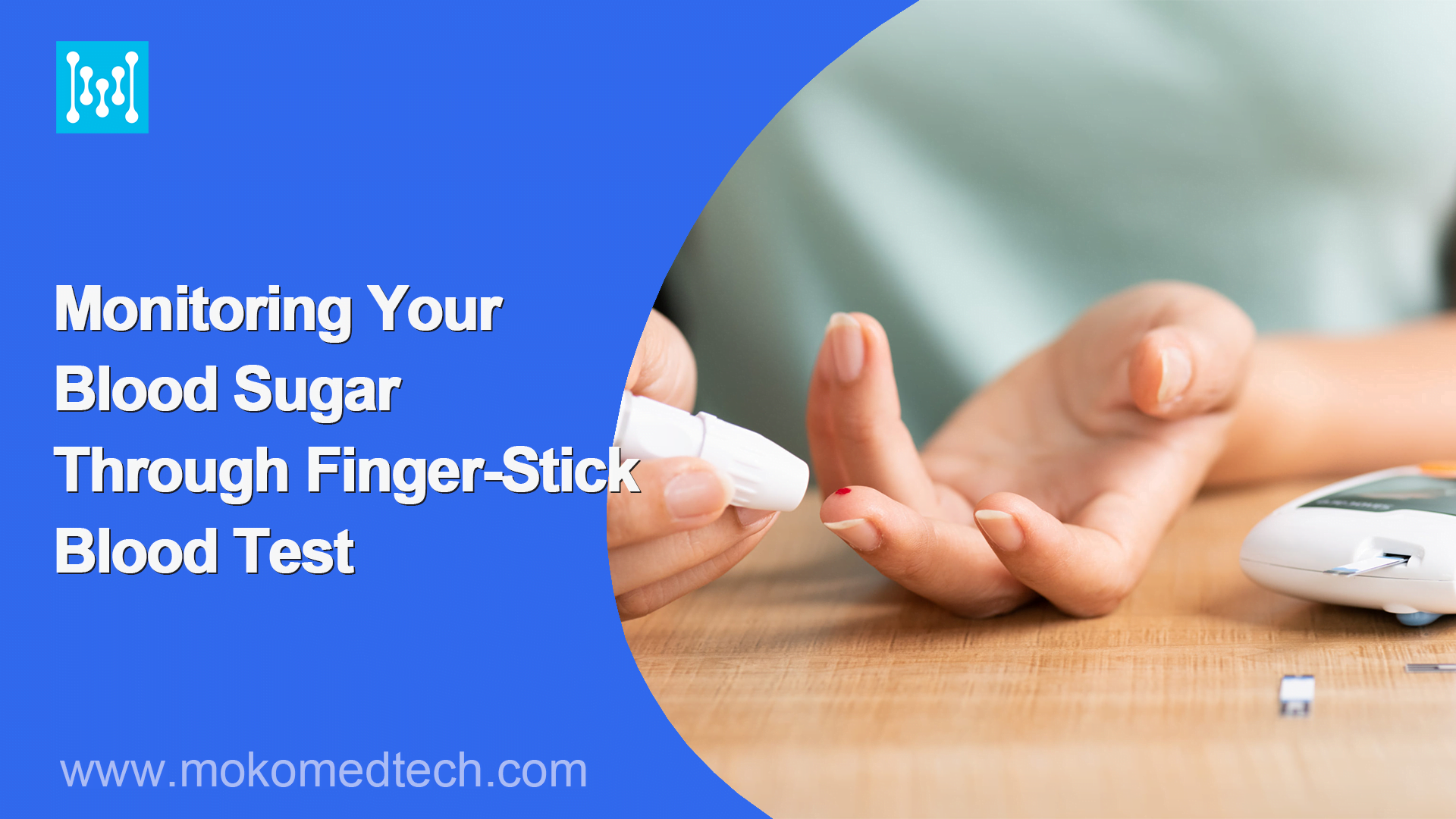Living in the fast-paced 21st century, people consume a lot of mental and physical energy, with at least 8 hours of busy work every day. Faced with computer screens, it is inevitable to experience symptoms such as dizziness, bulging eyes, slow reaction, and mental fatigue. Due to long-term high tension in the brain, it is highly susceptible to hypoxia, which in severe cases can affect normal learning, work, and life. Experts believe that at least 10% of people in cities are in a state of hypoxia. Therefore, timely measurement of blood oxygen saturation is an effective means to determine the condition of the organism. Many people always have portable oximeter at home to check their health indicators.
What is a blood oximeter
A oximeter is a small medical device that can monitor the oxygen content of blood in the body in real time without the need for blood collection through detectors or sensors. It is a measure of indicators such as human blood oxygen saturation, pulse rate, and perfusion index. By product type, it can be divided into nail oximeter, wrist oximeters, desktop oximeters, handheld oximeters, wearable oximeters, etc.
Blood oxygen saturation is an important vital feature of the human body, and the blood oxygen saturation of critically ill patients in various hospitals will be monitored with emphasis. Blood oxygen saturation is related to the oxygen supply of blood to various tissues in the human body, and problems with oxygen supply to human organs can seriously affect life safety. The normal blood oxygen saturation is 95% -100%. If the blood oxygen is too low, there is a problem with physical health. If the blood oxygen saturation is below 90%, oxygen needs to be delivered in a timely manner.
A few years ago, COVID-19 wreaked havoc all over the world. Even now, people in various regions are still infected with COVID-19. The lungs of COVID-19 patients are affected, and the blood oxygen has declined to a certain extent. It is necessary to constantly monitor the blood oxygen of patients. At the same time, it is best for families to have a blood oxygen meter to constantly measure the blood oxygen saturation of family members. If the blood oxygen saturation drops below 90%, it is necessary to go to the hospital for further examination in a timely manner, as this may be a sign of other serious diseases.
What are the main measurement indicators of oximeter
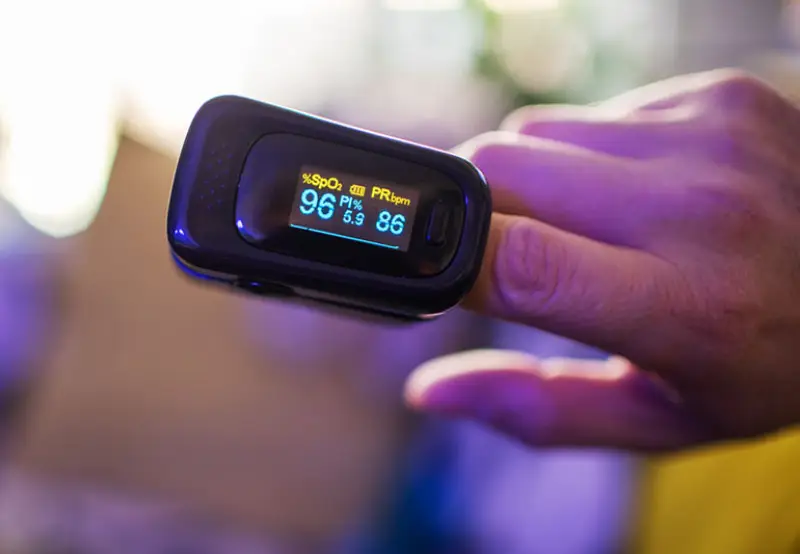
The main measurement indicators of the oximeter are blood oxygen saturation (SpO2), pulse rate (PR), and perfusion index (PI). Under normal circumstances, the arterial oxygen saturation of the human body is 98%, and the venous oxygen saturation is 75%. It is generally believed that blood oxygen saturation should not be lower than 94%. If this indicator is lower than 94%, it indicates insufficient oxygen supply and the presence of hypoxia. In addition, the main function of a blood oximeter is to monitor pulse rate and blood oxygen saturation, with a normal value of 60-100 beats per minute. A blood oximeter, also known as a pulse oximeter, is a convenient and excellent instrument for detecting vital signs in the human body. The oximeter can also monitor perfusion indicators. This instrument prompts to monitor pulse, which can be represented as P2. When a person is nervous or exercising, their pulse will accelerate. Let’s take a closer look at its measurement indicators now!
Blood oxygen saturation (SpO2)
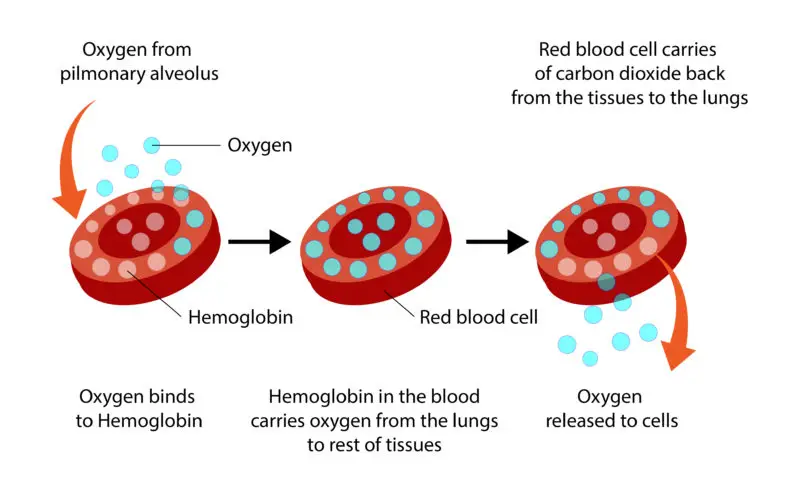
Blood oxygen saturation is the ratio of oxygen content to oxygen capacity. So to understand what blood oxygen saturation is, we also need to know these two concepts. The so-called oxygen capacity refers to the maximum amount of oxygen that hemoglobin can combine with in 100 milliliters of blood. Using our previous analogy, it is the maximum capacity for transporting goods with 100 milliliters of blood. The so-called oxygen content refers to the actual combined oxygen content of hemoglobin in 100 milliliters of blood, which is the actual loading capacity of goods transported by train.
Let’s take another example, assuming that a water cup can hold up to 1000 milliliters of water, this is its capacity. But we actually only filled 950 milliliters of water in this water cup, which is its current content. We can calculate the current level of water in this water cup by dividing the content of 950 milliliters by the capacity of 100 milliliters. Similarly, blood oxygen saturation also reflects the degree of oxygen content in the blood in this way.
So, what value should blood oxygen saturation be maintained under normal circumstances? A healthy person, when quiet and inactive, has an arterial blood oxygen saturation of over 95%, approximately 98%, while venous blood levels are approximately 75%. Speaking of this, you can probably understand that hemoglobin is a train that transports oxygen, but when it arrives at the destination, not all the carriages unload their cargo, but only a small portion of the carriages unload their cargo.
The point is that the difference in oxygen saturation between arterial and venous blood is only 98% to 75%, and the difference is not that significant. That is to say, when the train transporting oxygen unloads, it only unloads more than 20% of the entire cargo. When the oxygen saturation of arterial blood decreases, although it may seem that the decrease in value is not significant, it is already a significant part of this 20%, thus having a significant impact on the human body.
Generally speaking, when the arterial blood oxygen saturation in adults is greater than 95%, it indicates that the blood oxygen level is within the normal range. Once it falls below 95%, it should arouse our vigilance. If it falls below 90%, it is absolutely necessary to seek medical attention at the hospital.
The next question is, under what circumstances will arterial blood oxygen saturation decrease? There are many reasons for this, among which the most important one is lung function. When there is an obstacle in lung ventilation or ventilation function, it can lead to a decrease in blood oxygen saturation.
The reason is very simple. As mentioned earlier, oxygen is bound to hemoglobin in the lungs. If there is a problem with lung function, hemoglobin, as a freight train, cannot load the oxygen cargo in a timely manner, and the oxygen content in the blood will naturally decrease. This is reflected in the detection value, which is a decrease in blood oxygen saturation. Simply put, the value of blood oxygen saturation can also indirectly help us understand the condition of the lungs.
Pulse rate (PR)
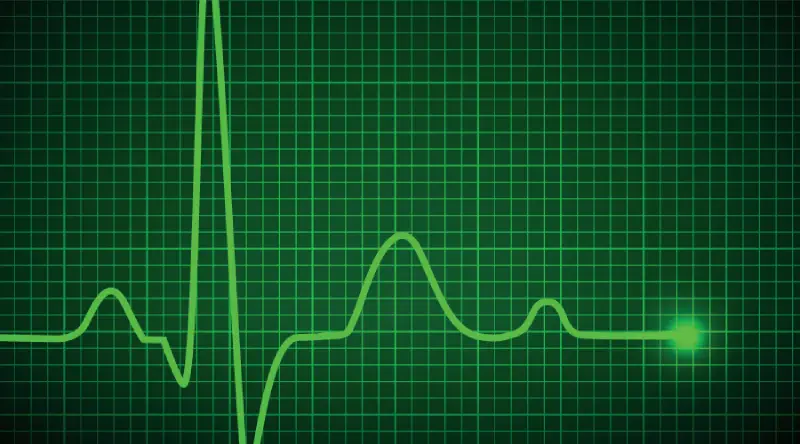
Pulse rate is the frequency at which a pulse beats. Under normal circumstances, the pulse rate of a normal adult in a quiet state is 60-100 beats per minute. If the heart rate exceeds 100 beats per minute, it is called tachycardia. If it is less than 60 beats per minute, it is called bradycardia.
There are many clinical symptoms, such as an increase in pulse rate during fever, especially heart disease, which often leads to changes in pulse rate. Pulse rate is often influenced by age and gender. Babies have a pulse rate of 120 to 140 beats per minute, while young children have a pulse rate of 90 to 100 beats per minute, and preschool children can have a pulse rate of 80 to 90 beats per minute.
Generally, the heart rate is equal to the pulse rate, but in certain pathological states, the pulse rate is not equal to the heart rate. For example, during atrial fibrillation, the pulse rate may be significantly lower than the heart rate. If the heart rate is 100 beats per minute, the pulse rate may reach 80 beats per minute. It is incorrect to use pulse rate to calculate heart rate at this time.
When calculating pulse rate, the first step is to clarify whether the heart rate and pulse rate are consistent. If they are not consistent, it is best to directly count the heart rate instead of indirectly using pulse counting to calculate the heart rate.
Perfusion index (PI)
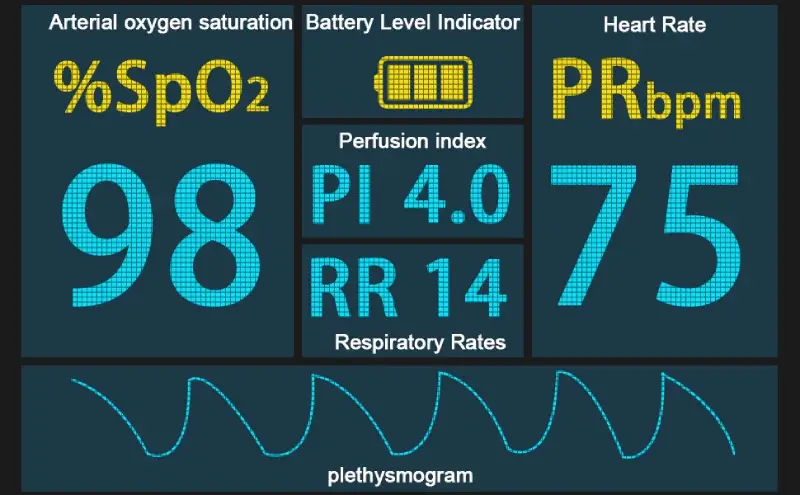
Arterial oxygen saturation is a parameter used to represent the proportion of oxygenated hemoglobin in the blood, namely HBO2/(HBO2Hb). Monitoring arterial oxygen saturation provides valuable information for early detection of hypoxemia in patients. The non-invasive measurement of arterial oxygen saturation is based on the different absorption spectra of oxygenated hemoglobin and reduced hemoglobin in the blood for red and infrared light. This method can only measure arterial oxygen saturation, and the prerequisite for measurement is arterial blood flow pulsation.
When measuring blood oxygen saturation, the light attenuation through body tissues should include blood components (arterial blood, venous blood) and non blood components (skin, bones, connective tissue, etc.). Non blood components do not change with the pulsation process, but blood components change with the changes in the amount of blood flowing into and out of the vascular bed caused by the pulsation process. Therefore, the absorption of light by the former (non blood components) is constant (referred to as DC), while the absorption of light by the components of pulsating blood flow is pulsating (referred to as AC).
The normal range of perfusion index (PI) is generally 1.4 to 10. Perfusion index refers to the ratio of pulsating blood flow at the fingers, toes, and earlobes to non pulsating static blood flow, which can reflect the condition of arterial blood flow in the limbs. The normal range of perfusion index is generally 1.4 to 10. When the PI value is below 0.3, it indicates severe damage to perfusion volume, indicating low blood volume and shock, which can also be caused by external factors such as cold weather and poor peripheral circulation. The perfusion index is easily affected by skin, nails, bones, and mental state or different anesthesia states. When the temperature is low, the hands and feet are cold, which can reduce the blood flow of the limbs and the measured PI value is relatively small. After an activity or drinking a cup of hot water, the PI value will increase again. Suggest a regular diet and avoid picky or partial eating. Drinking more water at the same time helps to ensure water circulation in the body.
How to use a blood oximeter
A blood oxygen meter is an instrument that monitors the blood oxygen content of the human body, and the usage method is as follows:
- Turn on the key in front of the oximeter.
- Place the subject’s index finger completely into the silicone finger mold of the oximeter, wait for about 30 seconds, and the silicone finger mold clamp will automatically release. The subject needs to maintain the stability of the tested finger and should not shake it randomly.
- The display screen of the oximeter will display the subject’s blood oxygen saturation and pulse rate, which can be directly read. Generally, a blood oxygen saturation below 95% indicates insufficient oxygen supply. Adults with a pulse rate of 60-100 beats per minute, either too fast or too slow, are considered abnormal.
- The blood oxygen meter has a total of 4 display modes, and pressing the function key can switch to another display mode. Long press the function key to enter the settings menu interface.
What are the factors that affect the accuracy of oximeter monitoring results
When using a blood oximeter for testing, sometimes inaccurate results may occur. Generally, if the test results are not accurate, the possible reasons are as follows:
- Finger cuff displacement
SPO2 measurement involves fixing the probe fingertip to the patient’s fingertip nail bed, using the finger as a transparent container for hemoglobin, and using red light with a wavelength of 660nm and near-infrared light with a wavelength of 940nm as the input light source to measure the light transmission intensity through the tissue bed to calculate hemoglobin concentration and blood oxygen saturation. If the nail bed is not facing the red light, and the probe is inserted too deep or too shallow, it cannot sense changes in blood oxygen saturation, resulting in low or no display of blood oxygen saturation readings. The main reason is the patient’s restlessness, lack of cooperation, or pulling the SPO2 fingertip connection during turnover, causing the fingertip to shift.
- Fingertip skin is cold
Long exposure time during surgery can cause shivering and cold skin in the patient, resulting in low or no SPO2 value displayed on the fingertips. It is important to keep the limbs warm and maintain a room temperature of 24-28 ℃. If necessary, cover them with a cotton blanket or use a hot water bag to keep them warm.
- Monitor limb blood supply disorders
The blood oxygen sensor is clamped on the arterial puncture or blood pressure cuff limb. When the cuff is inflated to measure blood pressure, it affects peripheral blood circulation. This type of patient’s SPO2 decrease is a transient alarm. After measuring blood pressure once, it returns to normal and the limb monitoring blood pressure can be replaced.
- Abnormal skin or color at the fingertips
Patients who apply nail polish, false nails, nail lesions such as thick nail bed caused by gray nails, etc., have data showing that blue, green and black nails can make the pulse oximeter display low error readings, resulting in 3%~6% errors affecting the detection results of SPO2.

